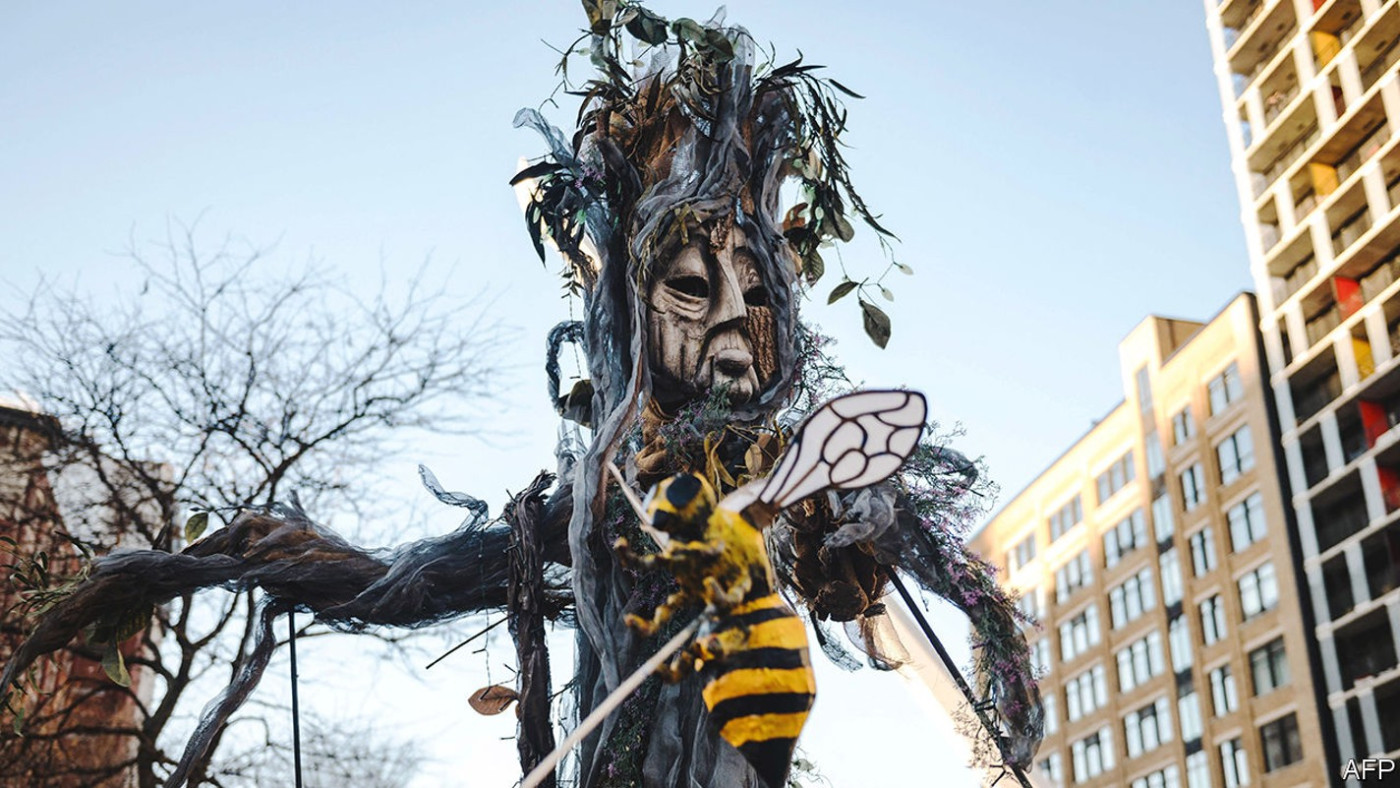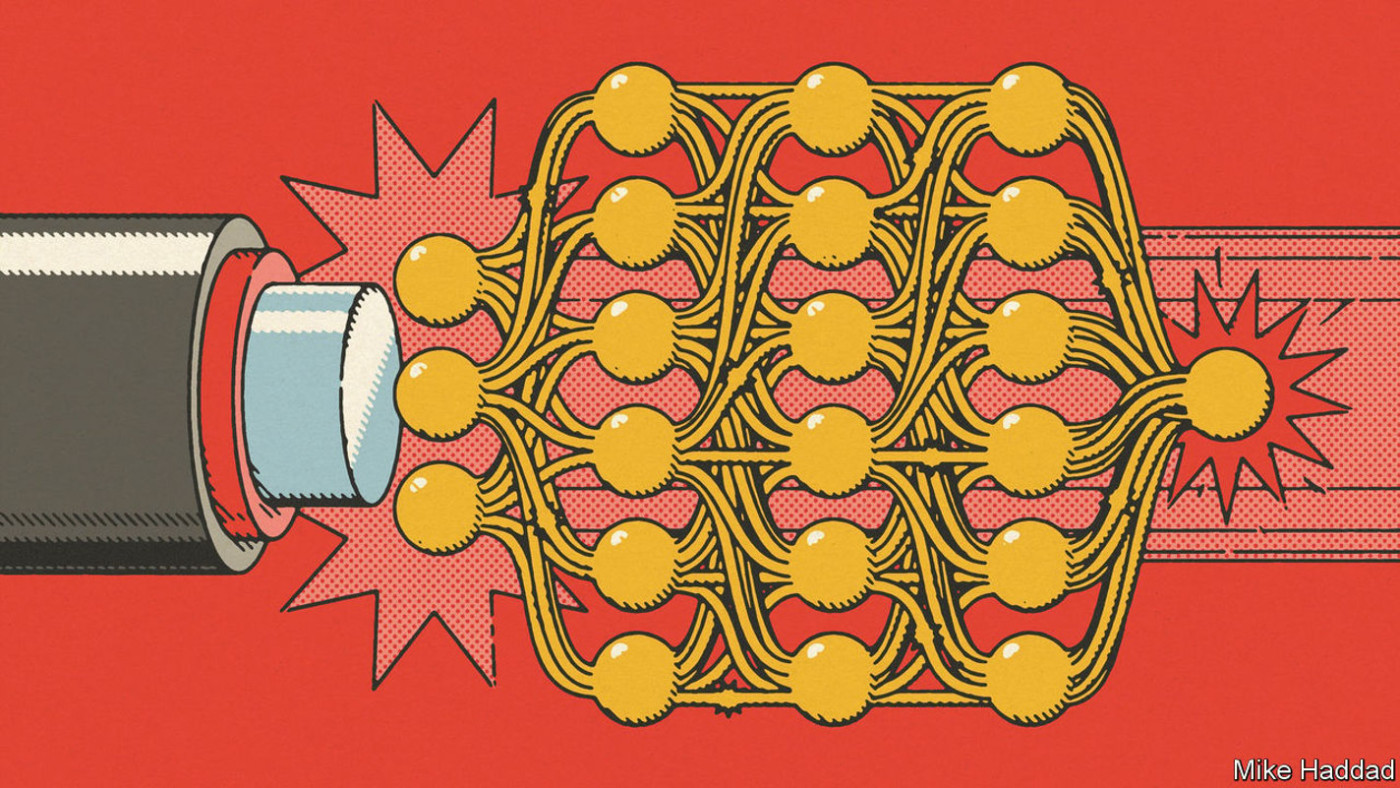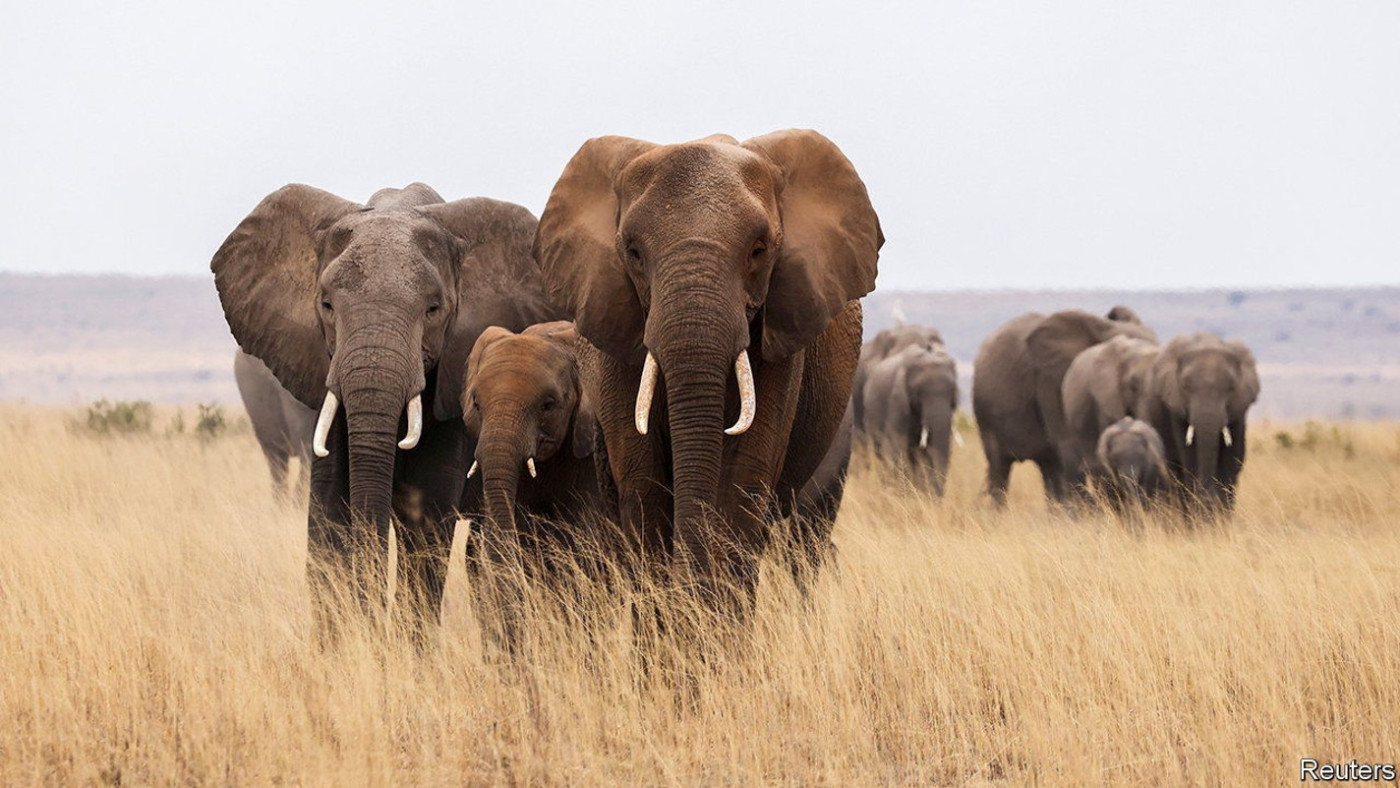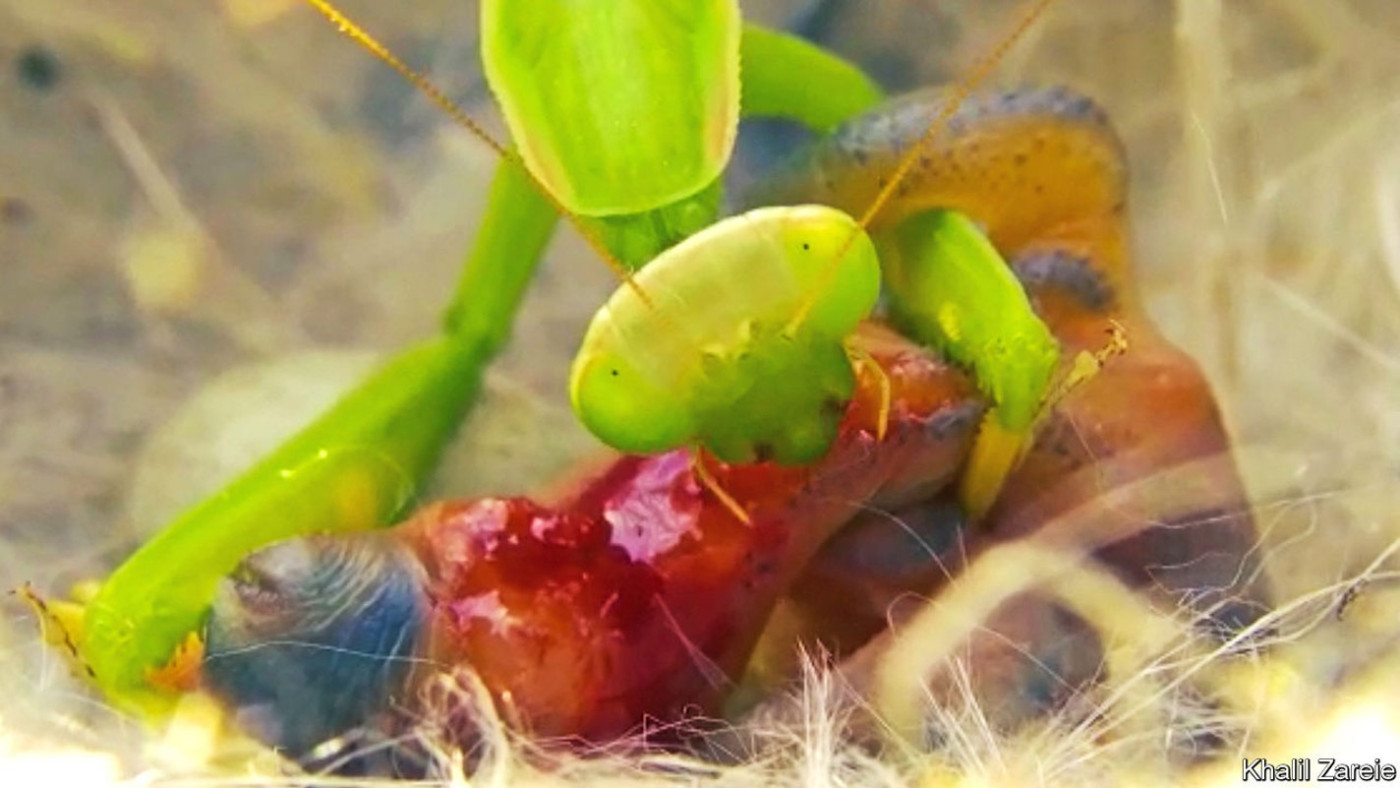A study of ophidian clitorises suggests snakes are highly sexed
Female genitalia of all species, Homo sapiens included, have long been overlooked by biologists. This may reflect a past tendency for biologists to be male. No longer. Biology has become an equal-opportunity discipline and that history of oversight is being corrected. A study released in October, for example, showed that the human clitoris is more richly innervated than thought. Now it is the turn of female snakes to have their genitalia scrutinised.
This latest investigation is by Megan Folwell, a herpetologist at the University of Adelaide, in Australia. She challenges previous wisdom that the clitorises of reptiles in general, and snakes in particular, are vestiges there merely to stimulate males, rather than stimulating the female in any way. Ms Folwell, a doctoral candidate, took as the thesis for her thesis, as it were, that this belief is snake oil.
She and her colleagues studied nine species from the four main branches of the snake family tree. From the elapids, they picked the common death adder, Collett’s cobra, Ingram’s brown snake and the pygmy mulga snake. From the vipers, the puff adder and black moccasin. From the colubrids, the Guatemalan milk snake and Norman’s keelback. And from the pythons, the carpet python.
As they describe in the Proceedings of the Royal Society, they found a clitoris in every snake they studied, and discovered tremendous variation between those of different species. Some were large and conspicuous, others, small and hidden. Some were thin, and laid over the top of scent glands, others had two empty soft tissue pouches or pockets above them, which Ms Folwell speculates might give males easier access to them. Crucially, the researchers spotted nerve bundles in some clitorises, and also erectile bodies that looked as if they could easily become engorged with blood.
Ms Folwell thus sees her thesis proved. If clitorises were vestigial, they would not vary so much in form. Neither would erectile bodies—which are almost certainly responding to the actions of male snakes—have evolved. Nor would nerve bundles that are, presumably, sending signals to the animal’s brain during intercourse.
The precise nature of those signals remains a mystery. But clitorises are associated with pleasure in just about every species in which the matter has been investigated, so the chances are good that they are associated with pleasure in snakes, as well.
All told, these findings suggest female snakes feel a great deal of what is going on during courtship and copulation, and that this encourages them to reproduce. A brave new world of investigation of snake sexual behaviour now beckons all who want to know how the common death adder and its kin get it on. ■
Curious about the world? To enjoy our mind-expanding science coverage, sign up to Simply Science, our weekly subscriber-only newsletter.
Disclaimer: The copyright of this article belongs to the original author. Reposting this article is solely for the purpose of information dissemination and does not constitute any investment advice. If there is any infringement, please contact us immediately. We will make corrections or deletions as necessary. Thank you.





